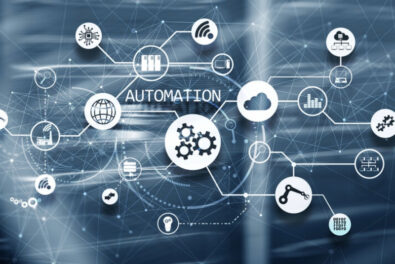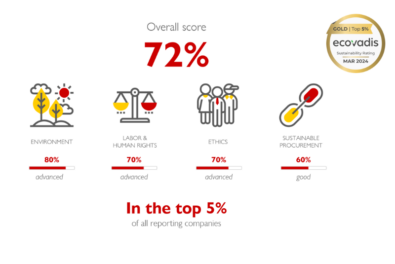The Human Resources (HR) department plays a vital role in any business, whether they are onboarding new employees or ensuring that policy is consistent and clear across the company. As part of this, they need to be able to process a variety of important documents and communicate effectively with team members across the business.
For many organisations, paper forms and physical records are still embedded into these processes. However, as businesses move more to the cloud and more employees look toward remote working, it’s increasingly clear that a modern workplace is a digital one. HR departments need to embrace this change.
The move towards a digital HR department shouldn’t be viewed as a challenge, though. Digital transformation is an excellent opportunity to help the vital tasks of employee management run more efficiently and accurately than ever.
To explore this in more detail, below we explore four of the biggest reasons for digitising your HR processes.
Go Remote
What was once a perk enjoyed by only a minority of the workforce has now become mainstream. More employees are working remotely than ever before, and this trend shows no signs of reversing. Indeed, it’s been
The shift towards remote working has dramatically altered the way that many companies handle a wide range of HR processes. The most obvious is the onboarding of employees who might not physically visit the office until they’ve been in their new role for several weeks or months – if they ever visit at all. However, countless other tasks also need to be adjusted to accommodate the remote workplace.
Being able to manage these tasks digitally is vital. It allows your HR team to connect to employees around the country, or even the planet, without any delay. On top of this, a digital HR system also untethers the HR team themselves from their desks, allowing them to embrace the benefits of remote working alongside their colleagues.
Boost Privacy
Much of the data the HR department handles is sensitive and needs to be safely and securely managed. In a traditional office set-up, these security arrangements might consist of a filing cabinet with lockable drawers. When we make the move to digital documents, however, we can instead ensure that personal data is encrypted and only accessible by team members with the correct roles.
On top of this, a digital HR workflow can help your team to manage privacy and transparency requirements, such as GDPR . Systems can easily be configured to automatically alert you when you need to delete an applicant’s personal data, for example. Of the more than
This not only ensures that you don’t run the risk of running into , but also frees up time for the HR team to focus on improving the employee experience.
Automate Common Processes
Many common procedures such as onboarding, offboarding, and employee status changes can require a substantial amount of manual processing. Documents need to be signed, approvals need to be checked and details need to be added to forms, and at almost every stage the information needs to be transferred back and forth between the employee, management and HR.
These processes are vital for getting the organization running smoothly, but they can also be time-consuming. Research has shown that HR professionals spend almost 75% of their time tending to administrative tasks such as maintaining and auditing records.
Once the system has been digitised, however, many of these tasks can be automated. Documents can automatically be shared with the relevant parties once they are successfully completed, and information can be pulled straight from master data files.
Eliminate Errors
Many HR processes are paperwork intensive. Forms and contracts need to be filled out accurately and on time, and even the best HR professional can sometimes overlook a missing signature or an incorrectly dated contract.
Making a move toward a digital HR system can help to cut down on these errors. Automated systems can be set up to populate forms, contracts and other documents from already existing data, reducing the chance of an error creeping in during the data entry process. And, if any mistakes do creep in, these same systems can automatically flag empty fields or areas where the information doesn’t line up with what’s already on file.
Being able to spot errors before they’re filed away doesn’t just help to streamline the HR department’s workflow. It can also help the organisation avoid running into issues when their records are audited, or when they run into a potential issue with a contract.
Conclusion
When you talk about the shift towards a digital HR solution, it’s easy for people to fall into the trap of thinking that this is all about moving paperwork online – replacing physical forms with PDFs and databases. However, the reality of the digital workplace is much more than that.
A digital HR department can be more efficient and accurate. It can work with employees across the business, no matter where they are logging in from, and ensure that their onboarding process is just as informative as one happening down the hallway.
More than this, streamlining and automating common procedures allows the team to focus their time and energy on improving the overall employee experience and creating value for the organisation.








